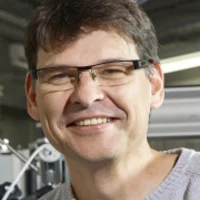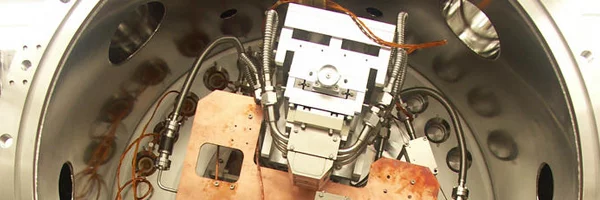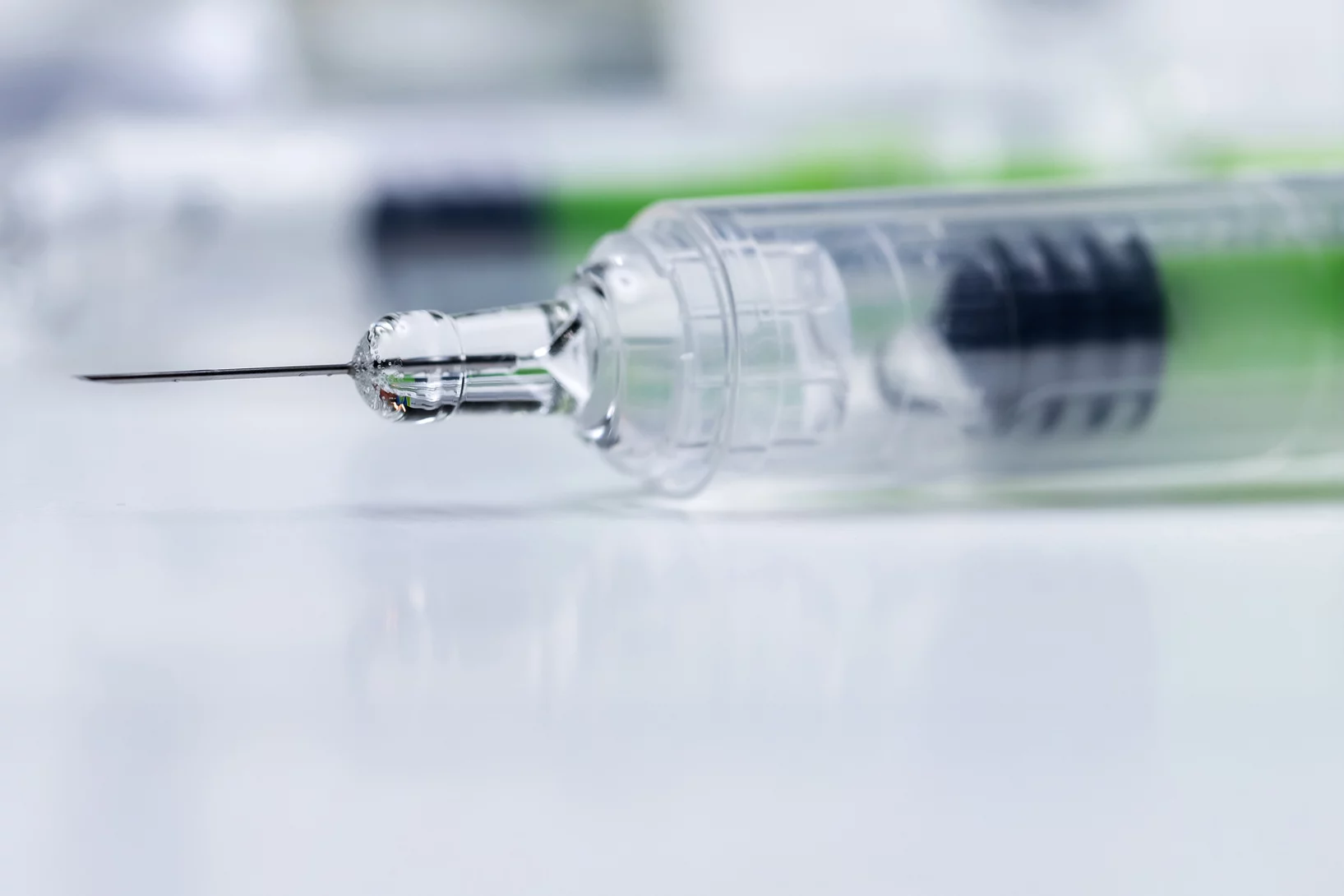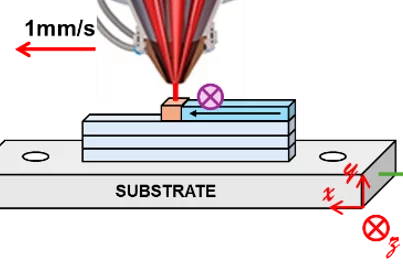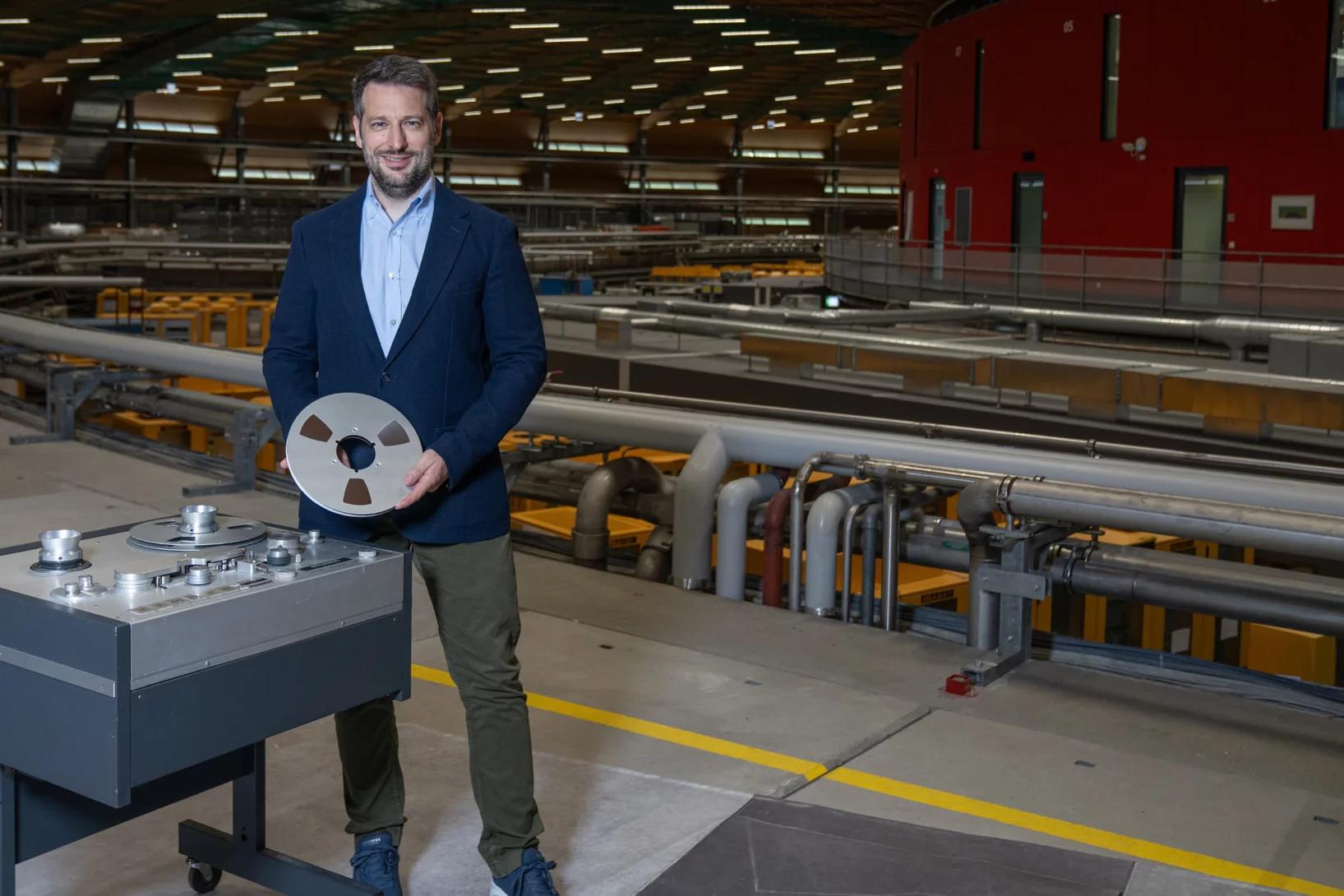The microXAS beamline at the Swiss Light Source (SLS) corresponds to a versatile, in-vacuum undulator based hard x-ray microprobe facility. The beamline is covering the large spectral range from ~3keV up to ~23 keV, delivering monochromatic radiation as well as full ‘white’ light. Employing different focusing concepts, the beamline provides several types of high-brilliance focused beams, covering a large range of spatial resolutions from hundreds of micrometers down to nanometer size. The instrument is devoted to high resolution multimodal chemical imaging based on X-ray fluorescence, X-ray spectroscopy and X-ray diffraction techniques. The variety of complementary imaging modes can be employed routinely in quasi-simultaneous manner to record 2D images of several chemical properties. The progression of the imaging capabilities to full three dimensions using tomographic approaches is currently in progress.
Two additional features make the microXAS beamline a rather exceptional and exclusive X-ray microprobe facility. First, the microXAS beamline permits the investigation of radioactive materials and corresponds to the world-wide solely microprobe facility being able to analyze radioactive sample with 1µm spatial resolution. Second and definitely going beyond any existing X-ray microprobe instrumentation, the FEMTO project is an integral part of the microXAS beamline project. Ultrafast time-resolved X-ray studies with a resolution of picoseconds down to ~100 femtoseconds are ‘routinely’ carried out at the microXAS beam line.
Energy range | ~3 - 23 keV |
|---|---|
Flux on sample | 2 x 1012 ph/s/400 mA |
Spot size on sample± | 1 x 1 µm2 |
Polarization | linear horizontal |
Photon energy resolution | 0.02% |
Zink in verstopften Spritzen nachgewiesen
Für das Pharmaunternehmen MSD hat ANAXAM mithilfe von Forschenden des PSI untersucht, ob Zink zur Verstopfung von Fertigspritzen beitragen kann.
Phase by Phase: How Stainless Steel and IN625 Solidify Together
Where steel meets superalloy: real-time X-ray snapshots reveal how composition and cooling shape metal during 3D printing
Musik mit Röntgenlicht retten
Die SLS spielt den «King of the Blues» – B.B. King! In Zusammenarbeit mit dem «Montreux Jazz Digital Project» werden am PSI historische Tonbänder digitalisiert.
